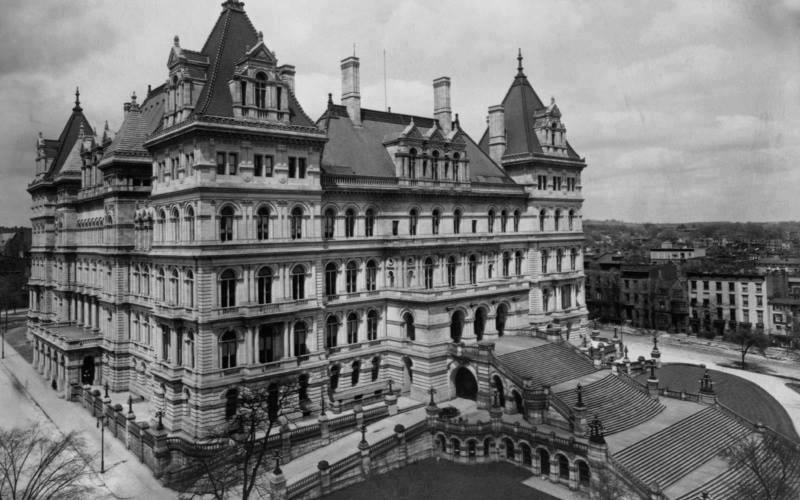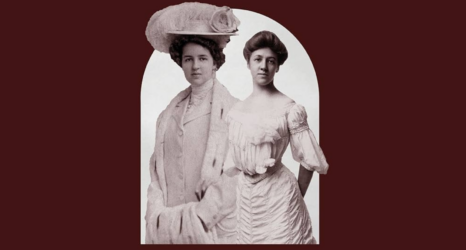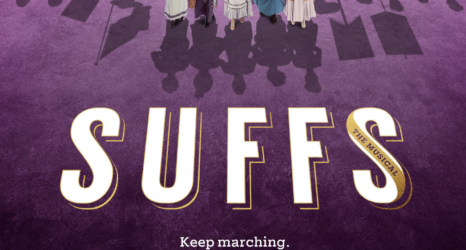March 14, 1916: The resilience of the suffrage movement has never been more in evidence than today.

Just over four months after the biggest setback in the history of our cause, when suffrage referenda in New York, Pennsylvania, New Jersey and Massachusetts went down to defeat between October 19th and November 2nd, the campaign is back on track, and well on its way to another vote in New York next year!
Today, the Assembly of the nation’s most populous State agreed to put a new suffrage referendum on the ballot, and did so not by a razor-thin margin, but by an overwhelming vote of 109-30. Though the State Senate must still consent, and the Senate Judiciary Committee is blocking the referendum bill, vigorous lobbying of legislators and large public protests are expected to dislodge it. With passage by the State Legislature, all energies can be turned toward working for a victory in 1917.
Assembly Member Harry E. Brereton, co-author of the referendum bill, opened the debate by saying that the Legislature owed it to the thousands of male voters who had endorsed woman suffrage and to the voteless women of New York as well, to put the question on the ballot again. He immediately ran into a storm of protest from anti-suffrage legislators. Assembly Member McCue called resubmission “an insult to the voters of this State,” and suggested that the suffragists might wait a while.
Mr. Shiplacoff, a supporter of suffrage, then asked how long they should wait. “Oh, about 5,000 years,” said O’Hare, of Queens, joining the debate.
Mr. Welch of Albany viewed the referendum resolution as “nothing more than an attempt to heckle the voters”—even though other issues that went down to defeat in November have already been approved for the 1917 ballot. Mr. Pratt then began to recite the familiar maxim, “If at first you don’t succeed ….” at which point the entire body loudly intoned: “Try, try again.”
The vote was finally called, and one by one the members of the Assembly went on record and gave their reasons for support or opposition.
Assembly Member Bush’s statement of conditional approval gave evidence of just how intense the lobbying had been:
“I’m going to vote for this, because the majority of my constituents want it. But I want to serve notice right here that if these women keep pestering me around the Capitol, it’ll be the last time I’ll vote for the resolution.”
As might be expected, there was great cheering and waving of flags and suffrage pennants in the galleries when the final vote was announced.
With this battle won, all two hundred suffrage supporters went to camp out in front of the Senate Judiciary Committee’s room. After waiting several hours, it was learned that the room was now empty and that members had gone out a side door to another hearing. Everyone continued to sit for two and a half hours more until the other hearing was over and committee members returned to their regular meeting room. Finally, around 6:00 p.m., it was announced that there would be no action on the suffrage bill today.
Immediately following the announcement, Vera Boarman Whitehouse of the New York State Woman Suffrage Party climbed up on a chair to say that there would be a mass meeting at Cooper Union to protest this delay and a demand to know who was bottling up the referendum bill and why. A great cheer went up, soon followed by another example of persistent suffrage lobbying.
One member of the Senate Judiciary Committee was cornered while attempting to make his way down the crowded halls to his office. When his explanation for the delay in acting on the referendum bill proved inadequate, one member of the group asked: “What’s your name?”
“Gilchrist, Madam,” he replied.
“Where are you from?” she asked.
“Kings,” he said.
“Thanks, Mr. Gilchrist of Kings. We have got your number,” she said while solemnly writing on a pad.
Most observers expect the suffrage referendum bill to eventually pass the Senate as well. If so, it will certainly be signed by Governor Whitman, whose wife was among those lobbying for suffrage here today. Then, building on the base of 543,348 votes won during the 1915 campaign, woman suffrage will hopefully be on its way to victory in the Empire State— our biggest triumph yet—which will also provide additional momentum to get Congress to pass the Susan B. Anthony Amendment. If passed by two-thirds of Congress and ratified by 36 of the 48 States, it will prohibit the United States or any State from denying the vote to any citizen on account of sex.





